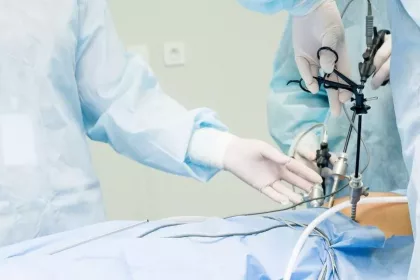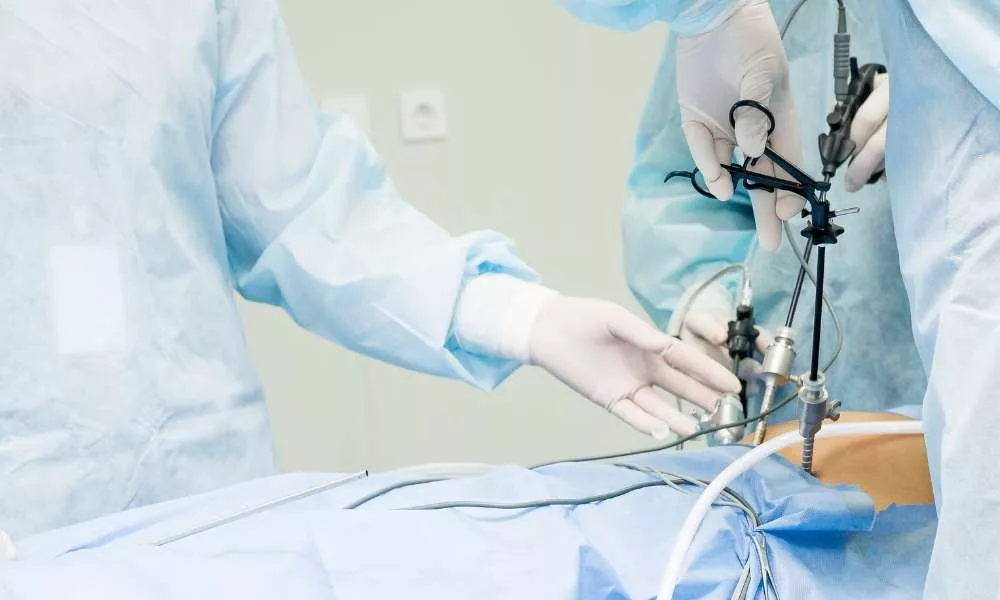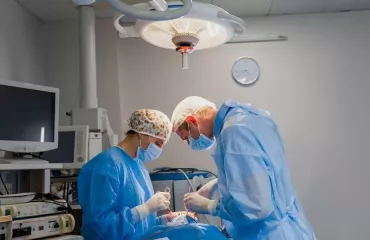

Biportal endoscopic spine surgery (BESS) is a rapidly evolving field with ongoing research and development aimed at improving patient outcomes and expanding its applications.
Emerging Technologies
- Robotic Assistance: The integration of robotic systems can enhance precision, reduce surgeon fatigue, and improve consistency in surgical procedures.
- Augmented Reality (AR) and Virtual Reality (VR): These technologies can provide surgeons with real-time, three-dimensional visualizations of the spine, aiding in surgical planning and execution.
- Advanced Imaging: Improved imaging modalities, such as 3D imaging and intraoperative navigation, can enhance visualization and accuracy.
Expanding Applications
- Cervical Spine Surgery: While BESS has primarily focused on the lumbar spine, there is growing interest in its application for cervical spine conditions.
- Complex Spinal Deformities: Research is exploring the potential of BESS in treating more complex spinal deformities, such as scoliosis and kyphosis.
- Minimally Invasive Fusion: BESS may be combined with other minimally invasive techniques to perform spinal fusion procedures.
Future Directions
- Outpatient BESS: As technology and surgical techniques advance, there is potential for more BESS procedures to be performed on an outpatient basis.
- Personalized Medicine: Tailoring BESS procedures to individual patient characteristics can optimize outcomes and minimize complications.
- Cost-Effectiveness: Research into cost-effectiveness and long-term outcomes will be essential for wider adoption of BESS.
By staying at the forefront of technological advancements and expanding its applications, BESS has the potential to revolutionize spine surgery and improve the lives of countless patients.



